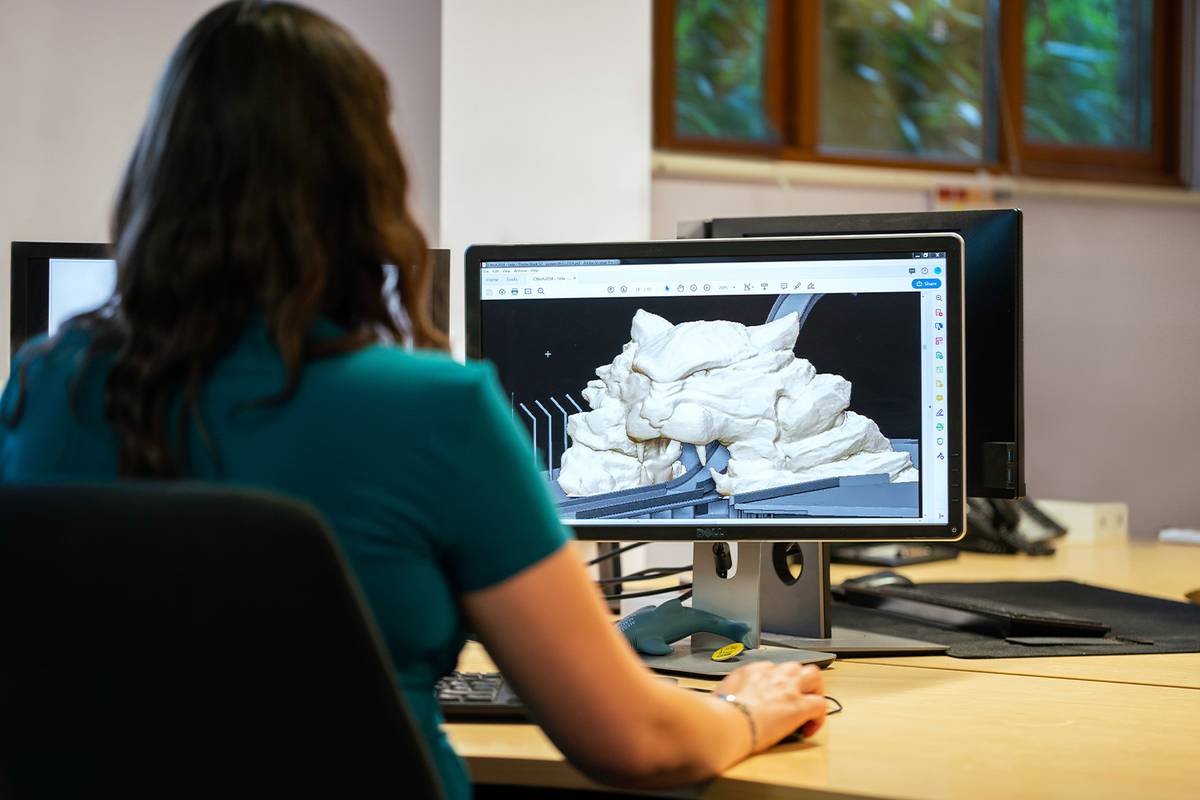
Animation is a powerful art form that allows creators to bring characters to life in ways that were once thought impossible. With advancements in technology, animators are now able to create realistic and stylized 3D characters that captivate audiences around the world. The process of bringing these characters to life is a complex one that requires a combination of technical skill, artistic talent, and a deep understanding of storytelling. This article will explore the art of animation, focusing on how animators bring stylized 3D characters to life.
One of the first steps in creating a 3D character is developing a concept and design for the character. This involves creating sketches, renderings, and concept art that will serve as a blueprint for the final character. The design of a character is crucial in animation, as it not only establishes their appearance but also communicates their personality and emotions to the audience. A well-designed character will be instantly recognizable and memorable, making a strong impact on viewers.
Once the design phase is complete, animators move on to the modeling stage, where they create a digital 3D model of the character. This involves sculpting the character's form and adding details such as textures, colors, and clothing. The modeling process is essential for bringing a character to life, as it establishes their physical presence in the digital world. A well-executed model will have realistic proportions and movements, making the character feel more believable and engaging to audiences.
After the modeling phase is complete, animators move on to rigging, which is the process of adding a digital skeleton to the character model. This skeleton allows animators to manipulate the character's movements and expressions, giving them a range of motion that brings them to life on screen. Rigging is a crucial step in the animation process, as it determines how a character will move and emote throughout a story. A well-rigged character will have fluid and natural movements that enhance the storytelling experience for viewers.
Once the character is modeled and rigged, animators move on to the animation phase, where they bring the character to life through movement and expression. This involves creating keyframes and poses for the character, which are then animated to give the illusion of movement. Animation is a delicate art form that requires animators to pay close attention to detail, timing, and emotion in order to create believable and engaging performances. A well-animated character will have dynamic movements and expressions that draw viewers into the story.
In addition to movement and expression, animators also focus on lighting, shading, and rendering to enhance the visual appeal of a 3D character. Lighting is used to establish mood and atmosphere in a scene, while shading adds depth and realism to a character's appearance. Rendering is the process of generating the final image of a character, which involves adding details such as reflections, shadows, and textures. These elements work together to create a visually stunning character that is both aesthetically pleasing and emotionally resonant.
Another important aspect of bringing stylized 3D characters to life is character animation, which involves creating unique personalities and traits for each character. Animators must consider the backstory, motivations, and relationships of a character in order to create authentic and engaging performances. By infusing a character with depth and complexity, animators can evoke empathy and connection from audiences, making the character feel more relatable and human.
Overall, the art of animation is a complex and multifaceted process that requires a combination of technical skill, artistic talent, and storytelling prowess. By bringing stylized 3D characters to life, animators are able to create immersive and captivating worlds that resonate with audiences of all ages. Through careful attention to design, modeling, rigging, animation, and character development, animators can create characters that feel alive and dynamic, leaving a lasting impression on viewers long after the final frame has faded to black.
